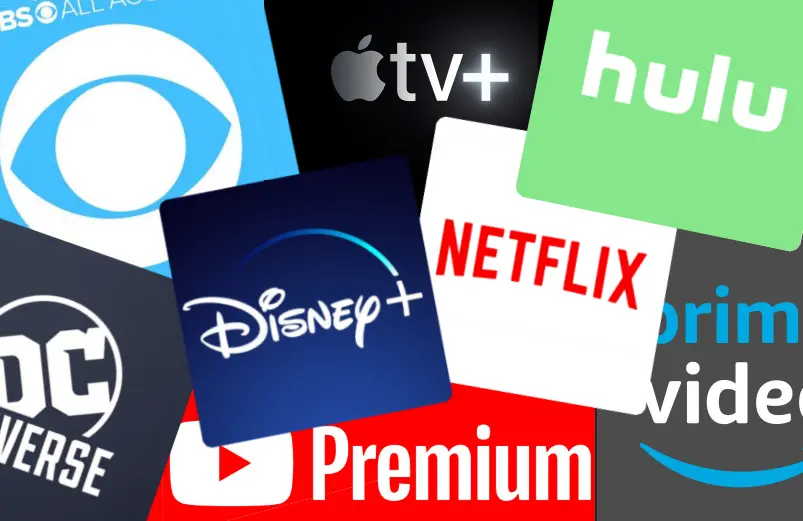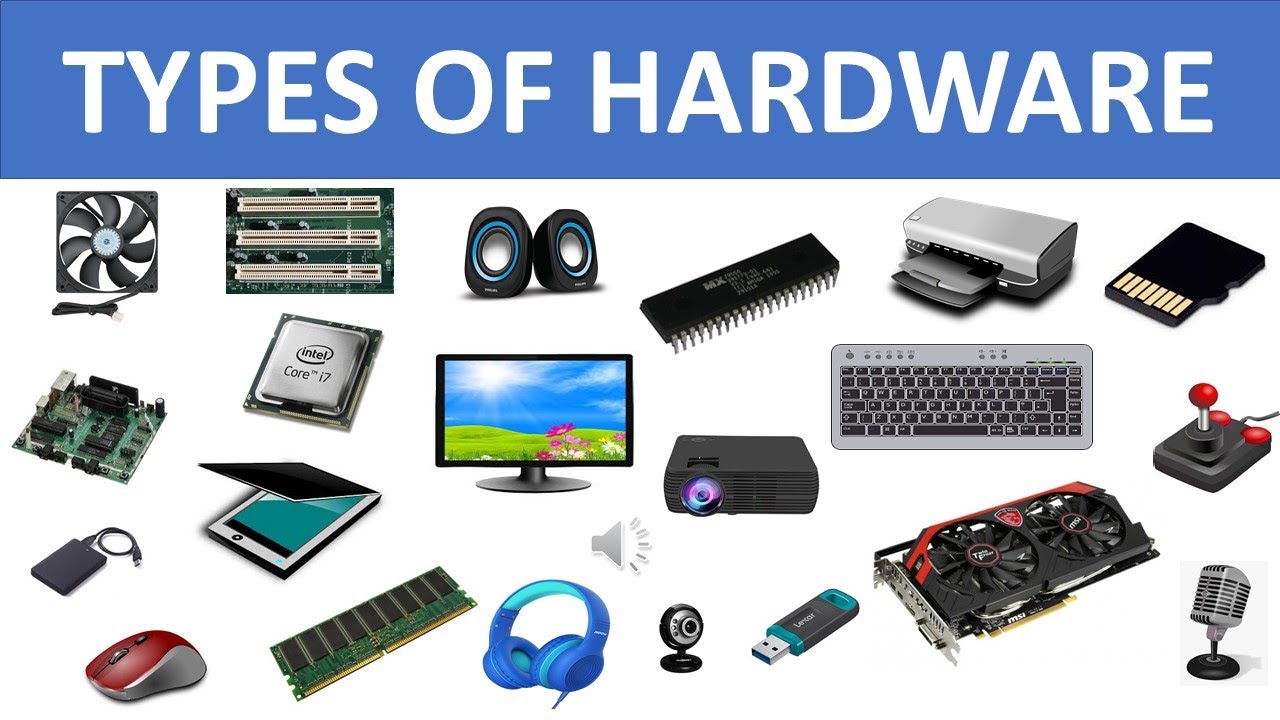
3D modeling and animation have revolutionized the way we visualize and interact with the world around us. From stunning visual effects in movies to realistic simulations in engineering, these technologies have become indispensable tools in various industries.
The Foundation: 3D Modeling
3D modeling involves creating three-dimensional digital representations of objects. These models can be anything from simple shapes to complex characters and environments. The process typically involves:
- Modeling: Creating the basic shape and form of the object using software like Blender, Maya, or 3ds Max.
- Texturing: Applying textures and materials to the model to give it a realistic appearance.
- Lighting: Setting up lighting to illuminate the model and create desired effects.
- Rendering: Generating a final image or animation from the 3D model.
The Art of Animation
Animation brings 3D models to life by creating the illusion of movement. Animators use various techniques to achieve this:
- Keyframe Animation: Animators create keyframes, or specific points in time, and the computer interpolates the movement between them.
- Motion Capture: Actors wear special suits with sensors that capture their movements, which are then used to animate digital characters.
- Procedural Animation: This technique uses algorithms to generate complex animations, such as fluid simulations or crowd scenes.
The Impact of 3D Modeling and Animation
3D modeling and animation have had a profound impact on various industries:
- Film and Television: Special effects, visual effects, and animated films rely heavily on these technologies.
- Video Games: 3D models and animations bring video games to life, creating immersive gaming experiences.
- Architecture and Design: 3D modeling is used to visualize architectural designs and create realistic renderings.
- Medical Science: 3D models are used to study human anatomy, simulate surgeries, and design medical devices.
- Education: 3D models and animations can be used to enhance learning and understanding.
The Future of 3D Modeling and Animation
The future of 3D modeling and animation is bright, with exciting advancements on the horizon:
- Real-Time Rendering: Real-time rendering allows for interactive 3D experiences, opening up new possibilities for gaming and virtual reality.
- Artificial Intelligence: AI-powered tools can automate many tasks in the 3D modeling and animation pipeline, increasing efficiency and creativity.
- Virtual and Augmented Reality: VR and AR experiences are becoming more immersive and realistic, thanks to advances in 3D technology.
- Metaverse: The metaverse, a virtual universe, will rely heavily on 3D modeling and animation to create realistic and engaging digital environments.
As technology continues to evolve, 3D modeling and animation will continue to shape the way we experience the world, both real and virtual.

